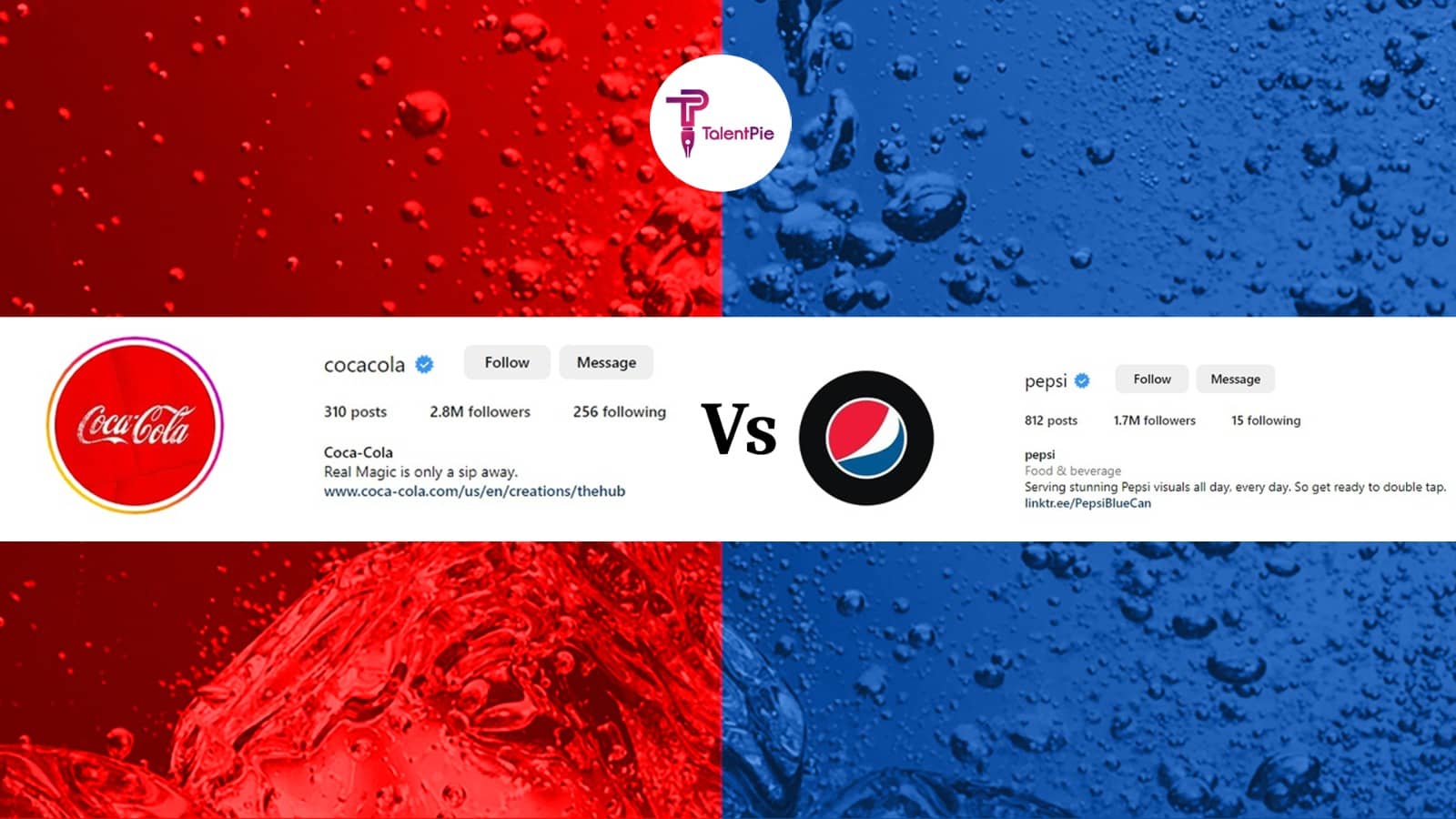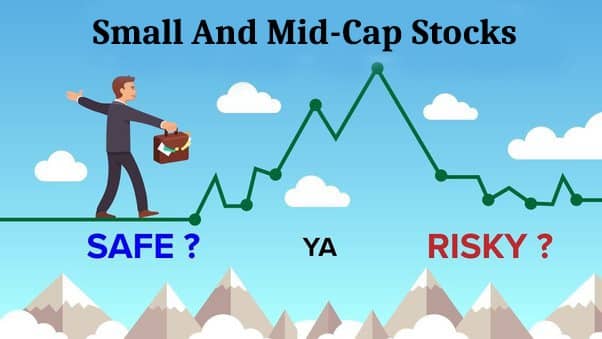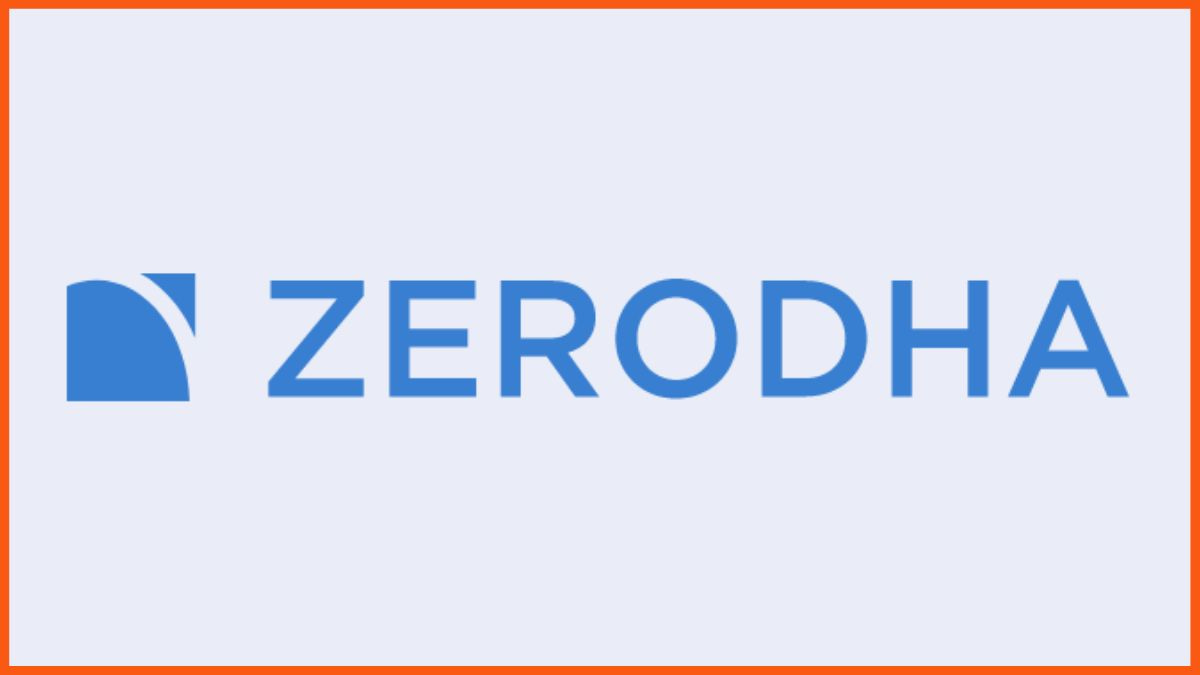Introduction
The History of the two Titans
Coca-Cola was founded in 1886 by John Pemberton, a pharmacist from Atlanta, Georgia. PepsiCo, on the other hand, was founded in 1898 by Caleb Bradham, a pharmacist from New Bern, North Carolina. Both companies started as small, regional soda makers, but over time they grew to become two of the most recognizable brands in the world.
The rivalry between Coca-Cola and PepsiCo dates back to the early days of the soda industry. As both companies grew, they began to compete for market share, with each one trying to outdo the other in terms of taste, marketing, and distribution. The rivalry has been fierce, with both companies engaging in aggressive marketing campaigns that have become legendary in the industry.
Coca-Cola’s Marketing Strategy
Coca-Cola is one of the most recognized brands in the world, and for good reason. The company has been around for over a century, and during that time, it has developed a marketing strategy that is both timeless and effective. One of the key elements of Coca-Cola’s marketing strategy is its focus on nostalgia. The company has managed to create a sense of nostalgia around its brand, with its classic glass bottle, iconic logo, and memorable advertising campaigns. Coca-Cola’s marketing team has also been successful in creating emotional connections with customers through its ads, which often feature heartwarming stories and catchy jingles.
Another element of Coca-Cola’s marketing strategy is its focus on global appeal. The company has managed to create a brand that is universally recognized, with its products sold in over 200 countries worldwide. Coca-Cola’s advertising campaigns often reflect this global appeal, with ads featuring people from all walks of life, speaking different languages and enjoying Coca-Cola products in various settings.
Finally, Coca-Cola has also been successful in leveraging celebrity endorsements to promote its brand. Over the years, the company has partnered with a number of high-profile celebrities, including Taylor Swift, Beyoncé, and Kobe Bryant. These endorsements have helped to increase the visibility of the Coca-Cola brand and create a sense of exclusivity and prestige around its products.
Pepsi’s Marketing Strategy
While Pepsi may not have the same level of brand recognition as Coca-Cola, the company has managed to carve out its own niche in the soft drink industry. One of the key elements of Pepsi’s marketing strategy is its focus on youth and energy. The company has positioned itself as the drink of choice for younger generations, with its edgy advertising campaigns and celebrity endorsements.
Another element of Pepsi’s marketing strategy is its focus on innovation. The company has been quick to adapt to new market trends, introducing new products like Pepsi Max and Pepsi Zero Sugar to appeal to health-conscious consumers. Pepsi’s advertising campaigns often reflect this focus on innovation, with ads featuring cutting-edge technology and futuristic themes.
Pepsi has also been successful in leveraging social media to promote its brand. The company has a strong presence on platforms like Twitter, Facebook, and Instagram, with millions of followers across these channels. Pepsi’s social media campaigns often feature user-generated content, with the company encouraging customers to share their own Pepsi experiences online.

The History of the Coke vs Pepsi Rivalry
The rivalry between Coca-Cola and Pepsi dates back to the early 20th century, when both companies were vying for dominance in the soft drink market. Over the years, the rivalry has taken on legendary status, with each company trying to outdo the other in terms of marketing, sales, and overall brand recognition.
One of the most famous battles in the Coke vs Pepsi rivalry took place during the 1980s, when Pepsi launched its “Pepsi Challenge” campaign. The campaign involved blind taste tests, in which participants were asked to taste Pepsi and Coca-Cola without knowing which was which. The results of the taste tests often favored Pepsi, and the campaign helped to increase Pepsi’s market share significantly.
Throughout the years, both companies have continued to innovate and adapt to new market trends. Coca-Cola has expanded its product line to include a range of beverages, including juices, teas, and energy drinks. Pepsi, meanwhile, has focused on developing healthier options, such as its line of zero-sugar sodas.
Coca-cola vs Pepsi Marketing Strategies
One of the defining elements of the Coke vs Pepsi rivalry has been the companies’ advertising campaigns. Coca-Cola’s classic campaigns, such as “I’d Like to Teach the World to Sing” and “The Pause That Refreshes,” have become iconic symbols of the brand. These campaigns often featured heartwarming stories and catchy jingles, and they helped to create a sense of nostalgia and emotional connection with customers.
Pepsi, on the other hand, has focused on more modern advertising campaigns, such as its “Live for Now” campaign. These campaigns often feature edgy, high-energy themes, with celebrity endorsements and cutting-edge technology. Pepsi’s advertising has been known for its innovative use of social media, with campaigns like the “Pepsi Max Unbelievable” viral video series garnering millions of views on YouTube.
Social Media Presence

Both Coca-Cola and Pepsi have a strong social media presence, with millions of followers across various platforms. Coca-Cola has been successful in leveraging social media to promote its brand and engage with customers. The company’s social media campaigns often feature heartwarming stories and user-generated content, with Coca-Cola encouraging customers to share their own Coke experiences online.
Pepsi, meanwhile, has focused on using social media to target younger consumers. The company’s social media campaigns often feature edgy themes and celebrity endorsements, with Pepsi using platforms like Twitter and Instagram to engage with its audience and create a sense of exclusivity around its brand.
Celebrity Endorsements
Celebrity endorsements have been a key element of both Coca-Cola and Pepsi marketing strategies. Coca-Cola has partnered with a number of high-profile celebrities over the years, including Taylor Swift, Beyoncé, and Kobe Bryant. These endorsements have helped to increase the visibility of the Coca-Cola brand and create a sense of exclusivity and prestige around its products.
Pepsi, meanwhile, has been known for its edgy celebrity endorsements, with stars like Kendall Jenner and Nicki Minaj promoting the brand. These endorsements have helped to create a sense of coolness and energy around the Pepsi brand, appealing to younger consumers who are looking for something fresh and exciting.
Market Share and Sales Data
Despite the intense rivalry between Coca-Cola and Pepsi, both companies have managed to maintain their dominance in the soft drink industry. Coca-Cola wins the matchup with respect to earnings. The soda titan kept its market-leading operating margin at roughly 29% of sales in 2022, while Pepsi’s declined to 13% of sales. Both companies closed out a strong fiscal 2022 on a positive note.
PepsiCo said in early February that organic sales growth was a blazing 15% through late December as consumers continued purchasing its beverages and snacks even as prices rose. Coke announced on Feb. 14 that it increased sales by 15% in fiscal 2022, too. Both companies are winning market share and adding to strong sales results from earlier phases of the pandemic.

Future Outlook for Both Companies
Looking ahead, both Coca-Cola and Pepsi face a number of challenges in an increasingly competitive market. With consumers becoming more health-conscious, both companies will need to continue to develop healthier options to stay relevant. Coca-Cola has already made strides in this area, with its line of Minute Maid juices and Honest Tea products. Pepsi, meanwhile, has focused on developing low-sugar and zero-sugar options, such as its line of Gatorade Zero sports drinks.
Both companies will also need to continue to innovate and adapt to new market trends. Coca-Cola has already made moves in this area, with its recent acquisition of the coffee company Costa. Pepsi, meanwhile, has focused on developing its portfolio of snack products, such as its line of Frito-Lay chips and Quaker Oats cereals.
Conclusion
The Coke vs Pepsi rivalry is one of the most iconic battles in the history of marketing. These two companies have managed to stay relevant and dominant in a rapidly changing market, thanks to their innovative marketing strategies and ability to adapt to new trends. Whether it’s Coca-Cola’s focus on nostalgia and global appeal, or Pepsi’s focus on youth and energy, both companies have developed unique brand identities that have helped them stand out from the competition. As we look to the future, it will be interesting to see how these companies continue to evolve and adapt, and what new innovations they will bring to the soft drink industry.






2 Comments
Dear shriyanshu singh your blog is quite nice keep doing well my best wishes to you what a fantastic fabulous blog
Amazing blog and content 🙂
Comments are closed.